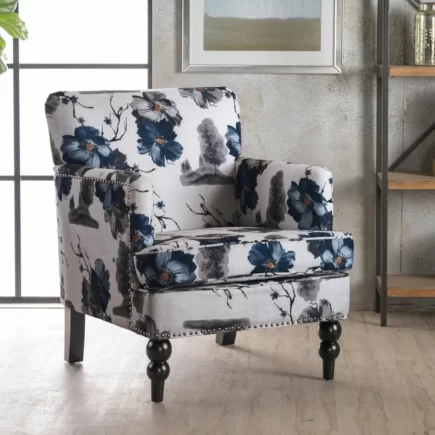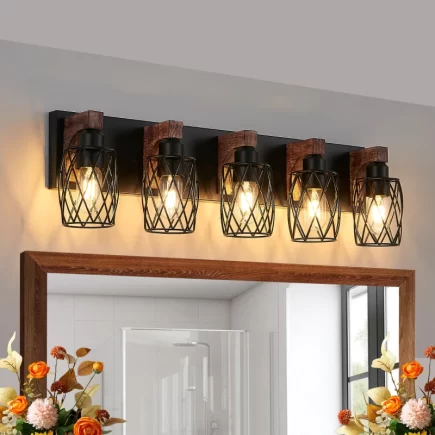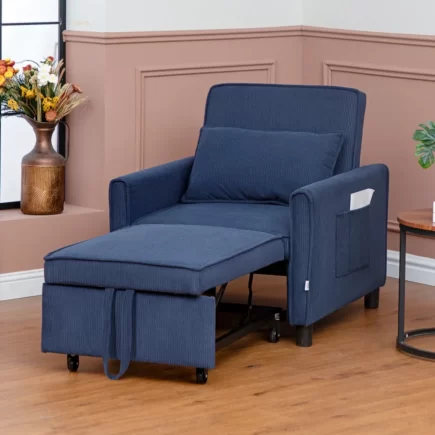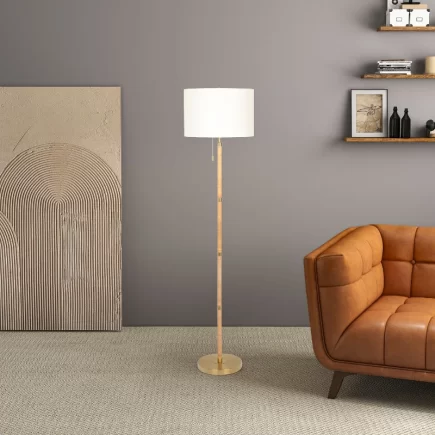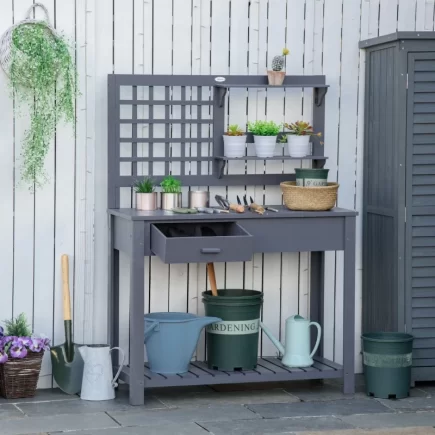Bar stools bring function and style into kitchens, bars, and entertainment areas. But even the most stylish stools can lose their charm once the fabric fades, tears, or the padding sags. If you’ve been thinking about tossing your old stools, pause because reupholstering them can give them a brand-new life at a fraction of the cost of replacement.

This guide walks you through every step of the reupholstery process from selecting the right fabric to the final screw so you can create custom seating that looks like it came straight from a designer showroom.
Tools and Materials You May Need
To get started, gather these basic supplies. The right tools make this process significantly easier and faster.
| Tool/Material | Purpose |
| Screwdriver | Detach the seat/backrest from the frame |
| Staple remover or nail puller | Remove old staples or upholstery tacks |
| Hammer and pliers | Pull out stuck staples and secure new staples |
| Scissors | Cut fabric, foam, and batting |
| Upholstery fabric | The new fabric to cover your seat |
| Staple gun (manual/pneumatic) | Secure the fabric to the base |
| Staples | Hold the fabric in place |
Step 1: Detach the Seat and Backrest
- Start by flipping the stool upside down and placing it on a blanket or towel. This prevents scratches on the seat and protects your flooring or workspace. It also gives you better access to screws, bolts, and upholstery materials underneath the stool.
- Locate and unscrew the bolts or screws that attach the seat and backrest to the frame. Use the correct screwdriver (usually a Phillips or flathead) to avoid stripping the screws. Gently lift the components off once the fasteners are removed completely.
- Place all hardware in labeled containers to keep them organized for reassembly.
Step 2: Remove Old Upholstery
Now that the seat and backrest are removed, it’s time to strip off the worn fabric.
- Use a staple remover or flathead screwdriver to lift the staples or tacks.

- Pliers are helpful for pulling out any staples that won’t budge.
- Remove the fabric carefully so you can use it as a pattern later.
- Check the condition of the foam. If it’s thin, cracked, or misshapen, plan to replace it.
- Vacuum or wipe down the wooden or metal base to remove dust and debris.
| Fabric Condition | What to Do |
| Intact but outdated | Use as a pattern for your new fabric |
| Fragile or deteriorated | Use measurements instead |
Step 3: Measure and Cut New Fabric
Preparing the Fabric Layout
When preparing to upholster your bar stool seat, begin by laying the seat face-down on the back side of your chosen fabric.
Use a fabric pencil or chalk to trace around the seat’s edge, making sure to leave about 3 inches of additional material all the way around. This extra allowance gives you enough room to tuck and staple the fabric securely during the attachment process.
Cutting Tips for Shape and Pattern
If you’re working with a round seat, there’s no need to cut a perfect circle, just trace loosely and trim in a rounded shape. For square or rectangular seats, measure the length and width, then add 2 to 3 inches to each side before cutting. This ensures full coverage and room for adjustments.
Step 4: Staple the New Fabric to the Seat
Now for the fun part bringing it all together.
For Square or Rectangular Seats
Start from the Center
Begin by stapling the fabric in the center of one side of the seat base. This helps anchor the fabric and gives you a balanced starting point for evenly distributing tension as you move outward. Always staple on the underside to keep the seat’s surface clean.

Pull and Staple Toward Corners
Once the center is secured, pull the fabric tightly and continue stapling toward each corner along that same side. This technique smooths out wrinkles and keeps the fabric taut. Repeat the same process on the opposite side to maintain even tension across the seat.
Tidy Corners
Take a close look at the corners of your reupholstered seat. If the pleats or folds appear bulky or uneven, carefully refold and trim them to create a cleaner, more professional look. Well-managed corners improve the overall appearance and ensure the fabric sits smoothly without creating uncomfortable lumps or gaps.

Repeat on Remaining Sides
After completing two opposite sides, move on to the other two. Again, start in the middle, pull the fabric tight, and staple outward toward each corner. This method ensures that the fabric is evenly stretched and creates a consistent, professional appearance from edge to edge.
Step 5: Reupholster the Backrest (If Present)
Bar stools with backs require a bit more finesse, especially if you want a clean, tight finish. Depending on your confidence and tools, you can use one of two methods: no-sew or sewn panel.
Sewing Backrest
- Carefully remove the existing stitched panels from both sides of the backrest.
- Use them as templates to trace and cut your new fabric pieces.
- Sew the front and back panels together, leaving the bottom or one side open.
- Slide the fabric cover over the backrest, adjusting for a snug fit.
- Staple the loose edge shut underneath or behind the structure.
Want to shorten or reshape your backrest? This is your chance! Use a mitre saw or jigsaw to trim edges. Sand and reinforce as needed before re-covering.
Step 6: Reassemble the Stool
Once the upholstery is complete, it’s time to bring your stool back to life.
After completing the upholstery, it’s time to reassemble your bar stool and see the transformation come together. Start by positioning the newly upholstered seat onto the stool base, making sure it sits evenly and is aligned properly.
Securing and Testing the Fit
Insert the screws or bolts you saved earlier through the holes, then tighten them securely using a screwdriver or power drill. Take a moment to check for stability and ensure everything is fastened tightly. If your stool features a swivel mechanism or adjustable height, test it now to confirm smooth operation. Make any final adjustments before placing the stool back into use.
Step 7: Final Touches
You’ve done the hard work now to make sure everything looks crisp and professional.

Polish the Frame
Now that the seat looks fresh, give the stool frame some attention too. Use wood oil on wooden frames to enhance their appearance. Polishing restores shine, covers small scratches, and helps the frame match the updated fabric for a complete, cohesive finish.
Reupholstering bar stools is a rewarding DIY project that breathes new life into your furniture while adding a personal touch to your space. With the right tools and a step-by-step approach, even beginners can achieve professional results. Once your stools are refreshed, consider complementing them with stylish new Bar Stools from Aosom to complete your kitchen or home bar makeover with flair and functionality.
FAQs
1. Do I need to replace the foam every time I reupholster?
Not always. If the foam is still firm, clean, and retains its shape, you can reuse it. However, if it’s thin, sagging, or smells musty, it’s best to replace it for better comfort and hygiene.
2. How do I prevent wrinkles or sagging in the fabric?
Work from the center outward when stapling, and pull the fabric taut as you go. Avoid overstretching, especially with synthetic materials, as this can cause warping or tearing over time.
3. What’s the best way to align patterned fabric on a stool seat?
Before cutting, lay the fabric over the seat to preview the pattern placement. Mark the center of both the seat and the fabric to align key design elements. This helps maintain symmetry and a clean visual appearance.





